The Cambrian Way
The Cambrian Way Drive
The Wales Way
The Cambrian Way
Driving Route
The Cambrian Way Drive – A Spectacular Driving Route on The Wales Way.
Prepare for an exhilarating adventure through the heart of Wales on a Cambrian Way Drive. This driving route takes you through the rugged landscapes of the Cambrian Mountains, offering unparalleled views of majestic peaks, shimmering lakes, and cascading waterfalls. Drive through quaint villages and market towns, where the echoes of Welsh folklore and legends still linger. Discover the remnants of ancient civilizations as you explore historic castles, fortified hill forts, and mysterious burial sites. The Wales Way, Cambrian Way Drive is a testament to the timeless allure of its natural beauty and rich heritage.

The Cambrian Way Drive: Exploring Wales’ Enchanting Diversity.
The Cambrian Way is often regarded as the backbone of Wales, offering an unforgettable journey that is a testament to the country’s enchanting diversity. Spanning approximately 185 miles, this driving route unravels the true essence of the Welsh landscape, introducing travellers to the raw beauty of the unspoiled wilderness, national parks, quaint villages, medieval fortresses, and the distinct local culture.
The adventure commences from Cardiff, the vibrant capital city, and terminates at Conwy, a charming walled market town. The road trip can be embraced at any pace – whether you’re an avid explorer aiming to devour every bit of the journey in detail or a casual traveller seeking a relaxed exploration of the Welsh terrains.
Driving The Wales Way – The Cambrian Way Drive
One epic journey, three distinct routes together.
Dubbed The NC500 For Wales and the Wales version of Route 66, the three routes of The Wales Way showcase 420 miles of Wales’ most exceptional scenery. The Wales Way consists of three distinct routes: The Coastal Way, the Cambrian Way, and the North Wales Way. Each route offers unique and diverse experiences, but in this article, we will focus on the Cambrian Way.
This website is supported by our readers so if you buy through links on this site we may earn a small commission at no extra cost to you.
The Cambrian Way Drive
The Vibrant Capital-Cardiff, The Cambrian Way Drive

An Enthralling Tourist Destination with Historic Heritage and Modern Charms
Cardiff, the vibrant capital city of Wales, and the start of the Cambrian Way Drive, stands as a tourist destination that seamlessly blends a rich history with contemporary allure. With its splendid Cardiff Castle, picturesque Cardiff Bay, and remarkable Cardiff Museum, the city offers an array of cultural, architectural, and natural delights to explore. Let us embark on a journey through Cardiff and discover why it continues to enthral visitors from around the world.
Cardiff Castle:
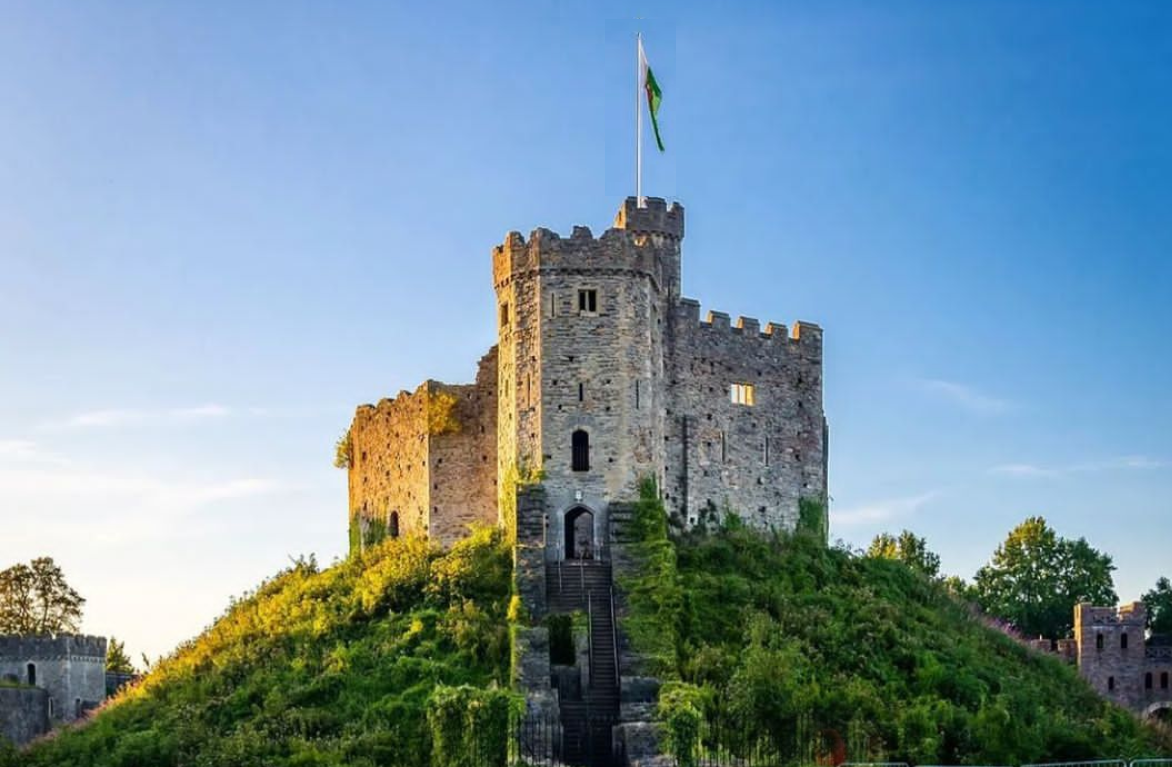
Cardiff Castle: A Majestic Icon of History.
At the heart of the city lies the magnificent Cardiff Castle, a symbol of Cardiff’s long and fascinating history. This architectural marvel showcases an intriguing blend of Roman, Norman, and Victorian influences. Originally a Roman fort, the castle transformed over centuries into an impressive Gothic Revival mansion. The lavishly decorated interiors. These including the opulent Arab Room and the enchanting Winter Smoking Room, evoke a sense of grandeur and opulence. Visitors can stroll through the beautifully landscaped gardens or climb the imposing Norman Keep. The panoramic views of the city skyline are worth the climb.
Cardiff Museum:
An Exploration of Welsh Heritage. For history enthusiasts, the Cardiff Museum stands as a treasure trove of Welsh heritage. It is an insightful gateway into the city’s past. Housed within the striking neo-classical building, this renowned museum showcases an impressive collection spanning art, archaeology, natural history, and more. Exhibitions range from the fascinating history of Wales to notable artworks by local and international artists. The highlight of the museum is the Evolution of Wales gallery, which showcases the country’s geological wonders and prehistoric creatures. Visitors can also delve into Cardiff’s industrial heritage. There are interactive displays that explore its cultural identity through the ever-evolving contemporary exhibits.
Cardiff Bay: A Picturesque Waterside Haven
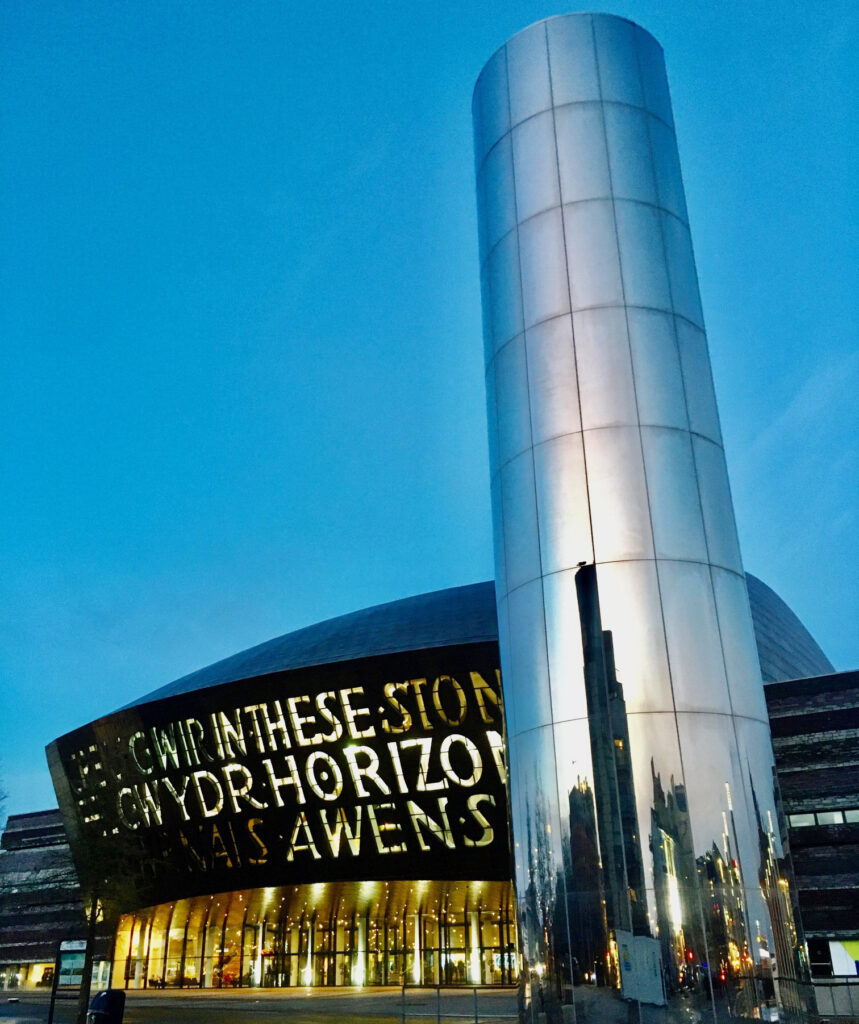
Just a short distance from the city centre, Cardiff Bay beckons with its tranquil waters, picturesque marina, and vibrant atmosphere. Once the largest coal-exporting port in the world, the bay has undergone a remarkable transformation. Now it is a cultural and recreational hub. The iconic Wales Millennium Centre is an architectural masterpiece. It dominates the waterfront and hosts a variety of performances ranging from theatre and opera to music and dance. The rejuvenated Mermaid Quay offers a delightful array of restaurants, cafes, and boutiques. It is perfect for a leisurely stroll and delectable dining experiences. Visitors can also enjoy boat trips, water sports, or simply soak up the serene ambience.
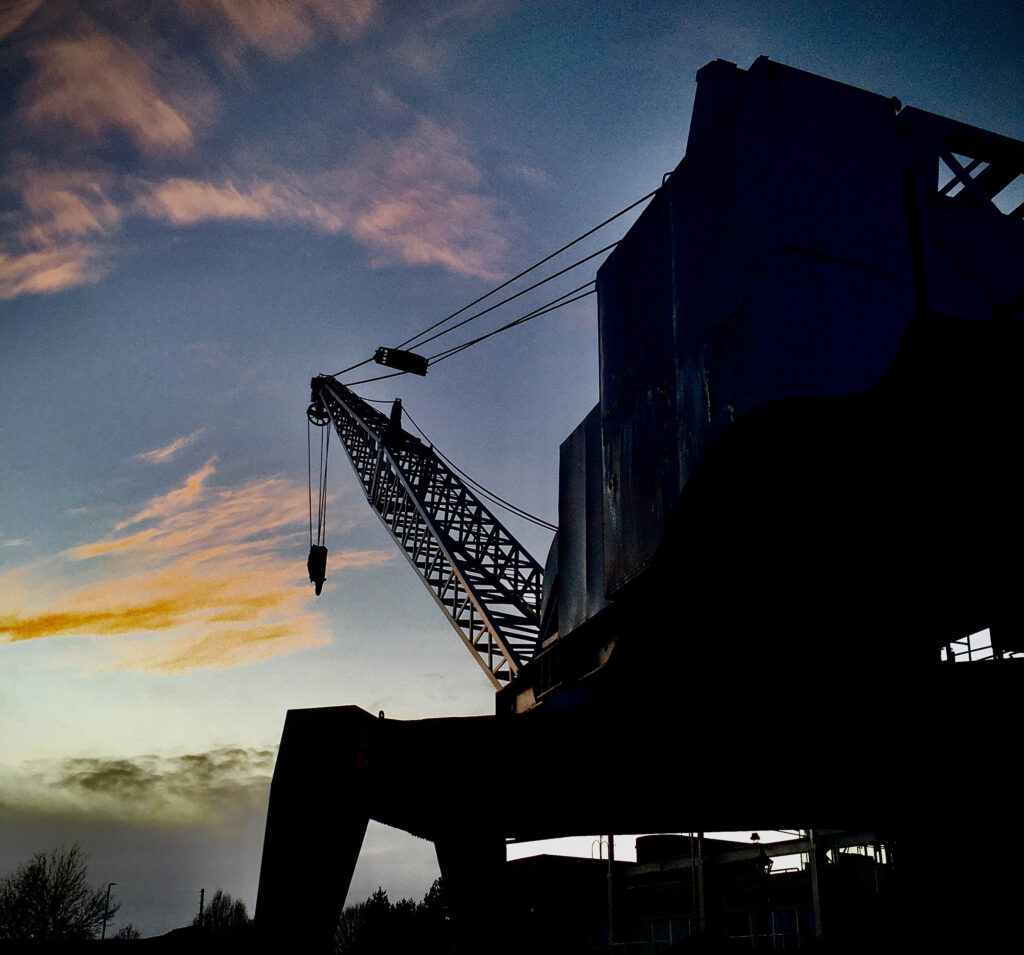

Beyond the Highlights
A Vibrant City Awaits. While Cardiff Castle, Cardiff Bay, and the Cardiff Museum are undeniably the crown jewels of the city, there is much more to discover in this vibrant capital. The city centre boasts a wealth of shopping opportunities. It has popular destinations like St. David’s Shopping Centre offering a mix of high-street brands and designer boutiques. Food lovers can indulge in a culinary adventure. An array of international cuisines, trendy cafes, and traditional Welsh fare are found in the city’s diverse dining scene.
Conclusion: Cardiff, a beguiling blend of old and new, continues to captivate travellers with its unique charms. From the awe-inspiring Cardiff Castle, which echoes the city’s history, to the picturesque waterfront of Cardiff Bay and the cultural treasures within the Cardiff Museum, the city offers a rich tapestry of experiences. With its welcoming atmosphere, thriving arts scene, and diverse attractions, Cardiff is a destination that promises to leave visitors with lasting memories and a desire to return for more.
Caerphilly Castle: The Largest Castle on the Cambrian Way

Caerphilly Castle: A Monumental Witness to Welsh History
Prominently positioned just a 10-minute drive from the A470, Caerphilly Castle stands as a testament to the rich historical tapestry of Wales. Constructed in the 13th century, Caerphilly Castle is the second-largest castle in the UK. It provides visitors with an immersive journey into a significant period in Welsh history.
The castle’s imposing structure, surrounded by extensive water defences, is a remarkable sight. Visitors can explore the spacious inner ward, the grand Great Hall, and numerous towers. The leaning southeast tower, often compared to Italy’s Leaning Tower of Pisa, is a key attraction and a favourite photo spot for many.
Exhibits – Caerphilly Castle
Caerphilly Castle also offers interactive exhibits that breathe life into history. A highlight is the working medieval siege engine that showcases the military technology of the Middle Ages. The informative audiovisual presentations enhance the exploration of the castle’s history. It enables visitors to understand the strategic importance of this impressive fortification.
Entrance fees for adults are reasonably priced, while children and concession cardholders can avail of discounted rates. Members of Cadw, the Welsh Government’s historic environment service, enjoy free access. The castle is open throughout the year. However, it is recommended to check the official website for any seasonal changes or special events.
Caerphilly Castle is more than just a historical monument. It’s an opportunity to step back in time and explore the socio-political dynamics of Medieval Wales. Its proximity to the A470 and compelling features make it an essential stop for anyone driving the Cambrian Way.
Leaving the cityscape behind, head north on the A470, leading you to the valleys of South Wales. This region boasts a robust mining heritage and industrial legacy.
Here, you can delve into the heart of the coal industry’s history at the Big Pit National Coal Museum in Blaenavon. This fascinating location offers a real coal mine experience with an underground tour. The Tour provides an intimate understanding of the miner’s life and the region’s industrial past.
The Big Pit National Coal Museum: An Unforgettable Journey into Wales’ Industrial Past

Located in Blaenavon, just a 30-minute drive from the A470, the Big Pit National Coal Museum offers a unique insight into the rich mining heritage of South Wales. Established in a preserved colliery, the museum showcases an authentic experience of Wales’ coal mining past. It takes visitors on an exploration into the world of miners and their experiences.
For the immersive underground tour, visitors don safety gear before descending 90 meters into the original coal mine. Guided by former miners, the tour is a captivating journey through dark tunnels and old mining infrastructure. Stories from the guides provide a vivid picture of the challenging conditions faced by miners, from the 19th century up to the mine’s closure in 1980.
Surface attractions complement the underground tour. The Pithead Baths exhibit, winner of the Gulbenkian Prize for Museum of the Year in 2005, explores miners’ routines and community life. The museum’s collection of mining memorabilia, spanning tools to personal belongings, deepens understanding of the industry’s influence on workers and their families.
Importantly, entrance to the Big Pit National Coal Museum is free of charge. This is in line with the commitment of the National Museum Wales to ensure access to heritage for all. The site is open throughout the year. However, always check the museum’s website for any changes due to seasonal or maintenance work.
The Big Pit National Coal Museum, a UNESCO World Heritage Site, offers an unforgettable journey into Wales’ industrial past. The realistic, first-hand accounts and comprehensive exhibits make it a must-visit for anyone exploring the rich history and culture of Wales.
Through the Brecon Beacons National Park on the Cambrian Way Drive
Heading further north, the journey enters the Brecon Beacons National Park. Here, Pen y Fan, the highest peak in South Wales, offers an exhilarating hiking challenge, and the reward is a panoramic view that is nothing short of spectacular. On your journey through the Brecon Beacons, the A470 acts as a scenic corridor, offering unparalleled views of the rugged beauty of the park. The road is flanked by an assortment of attractions that invite exploration,
Pen y Fan

Of the many peaks that decorate the skyline, Pen y Fan stands out, the highest peak not just in the Brecon Beacons but in South Wales. Rising to an altitude of 886 meters, it is the centrepiece of a dramatic landscape that has been sculpted by nature over millennia. The trail to the summit is a popular trek amongst walkers, offering breathtaking views that stretch across the Brecon Beacons and out to the Bristol Channel on clear days. A hike to the peak is both a challenging and rewarding experience, one that unveils the serene beauty of this region at every step.
Best Waterfalls near the Cambrian Way Drive

Equally mesmerizing are the cascades and waterfalls that crisscross the park, providing an enchanting spectacle for visitors. The Four Falls Trail is a stunning journey through a verdant woodland, leading to four waterfalls including the spellbinding Sgwd yr Eira. This is one of only a few waterfalls in the UK where one can walk behind the water, making it a popular attraction for visitors seeking a magical and unique experience, and well worth the 10-mile detour.
Penderyn Distillery: A Taste of Welsh Whisky Excellence

Nestled in the scenic Brecon Beacons National Park, Penderyn Distillery stands as a shining testament to the artistry and craftsmanship of Welsh whisky production. Established in 2004, this boutique distillery has garnered international acclaim for its exceptional spirits and unwavering commitment to quality, and if you are a Whiskey lover then it is defiantly worth a visit!
At the heart of Penderyn’s success lies their unique distillation process, which combines traditional whisky-making techniques with modern innovation. Their single malt whiskies are crafted using copper pot stills and matured in carefully selected casks, resulting in a harmonious blend of flavours and a character that is distinctly Welsh.
One standout feature of Penderyn Distillery is their use of Brecon Beacons water. Filtered through the surrounding limestone, this pristine water imparts a distinct mineral profile to their whiskies, adding depth and complexity to each sip. The result is a range of whiskies that truly encapsulate the spirit of the Welsh landscape.
Visitors to Penderyn Distillery are treated to an immersive experience, where they can witness the meticulous whisky-making process firsthand. From the malting and fermentation stages to the skilled hands that operate the stills, every step is a testament to the distillery’s commitment to craftsmanship.
After the tour, guests can indulge in a tasting session, where they can savour the rich flavours and aromas of Penderyn’s signature expressions. From the smooth and honeyed Penderyn Madeira Finish to the rich and smoky Peated Expression, there is a whisky to suit every palate.
Brecon – The Cambrian Way Drive
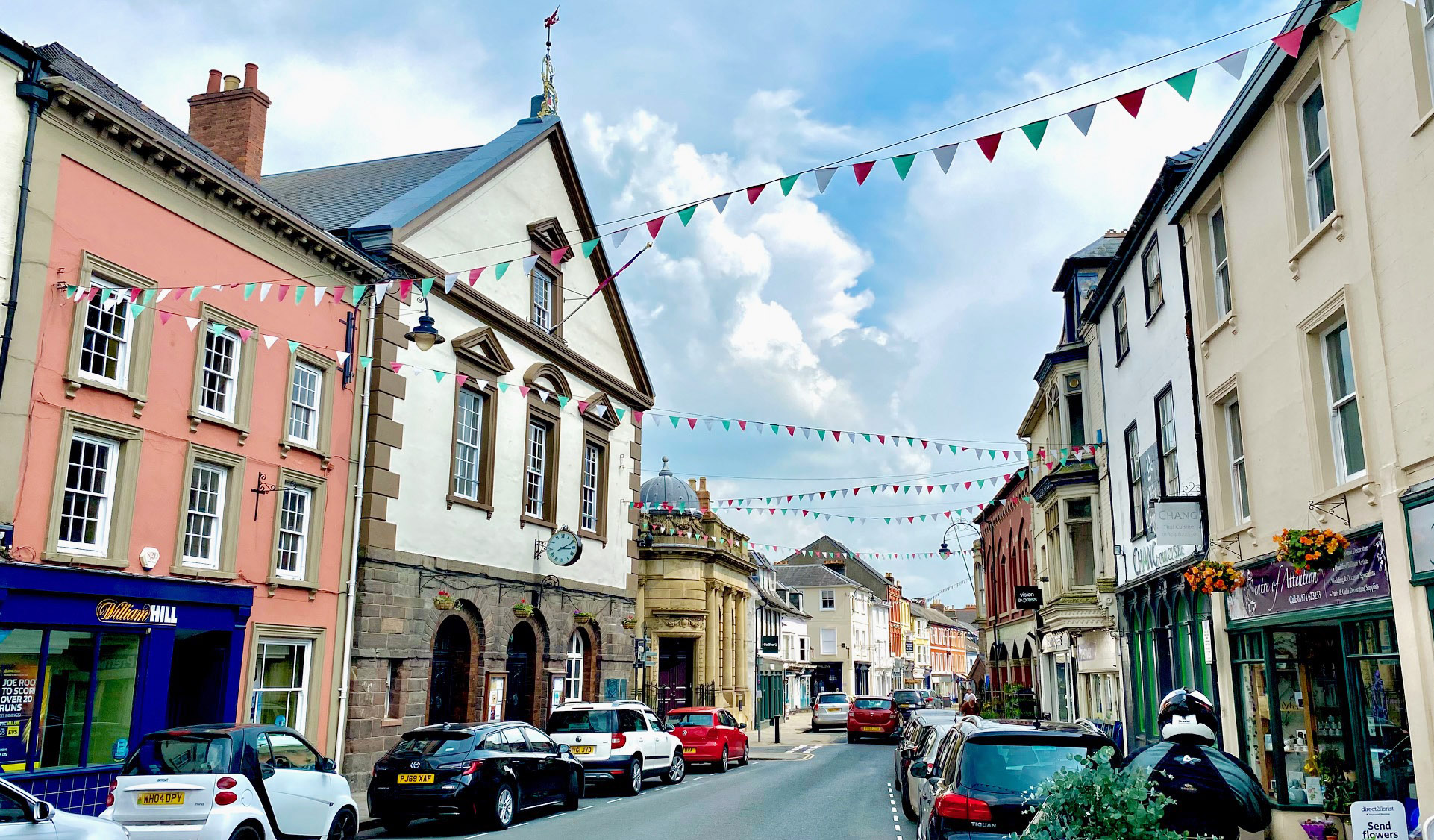
The National Park isn’t just about natural wonders; it’s also home to vibrant communities like the historic market town of Brecon. With its Georgian facades, charming narrow streets, and lively pubs, Brecon Town exudes a quintessential Welsh charm. The Brecon Cathedral, a majestic structure with roots dating back to the 11th century, and the Regimental Museum of the Royal Welsh (Of Zulu Fame), offer fascinating glimpses into the region’s history.
The Brecon Canal.
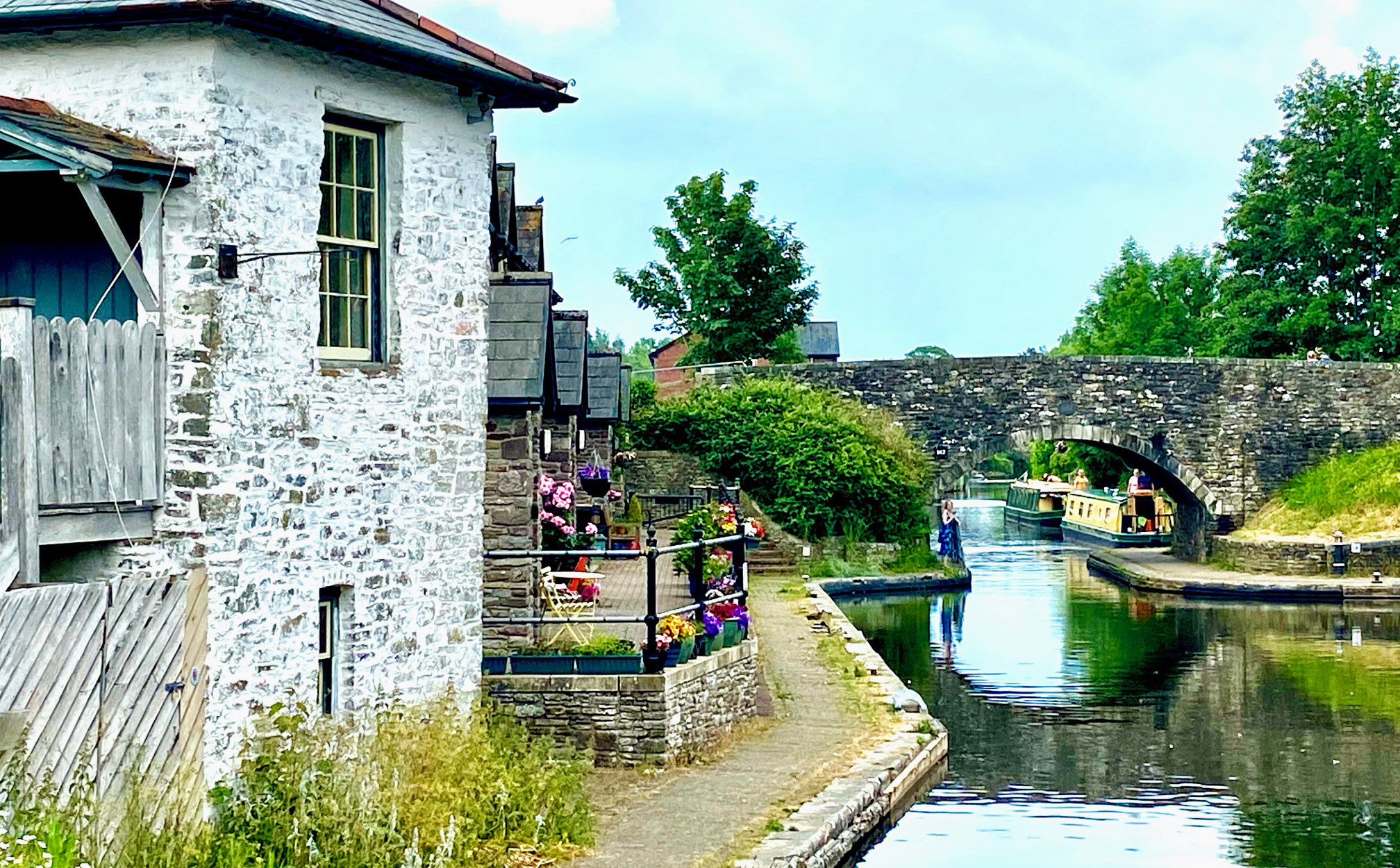
Stretching over 35 miles, this historic canal offers a fascinating journey through time, combining rich history, stunning geography, and impressive engineering. Dating back to the 19th century, meandering through breathtaking countryside, the Brecon Canal showcases the diverse geography of the region. From tranquil meadows to rugged hillsides, the scenery is ever-changing. Beyond its scenic beauty, the Brecon Canal also offers a range of recreational activities for visitors to enjoy. Whether you prefer a leisurely boat ride, a peaceful fishing excursion, or a refreshing walk along the towpath, there’s something for everyone.

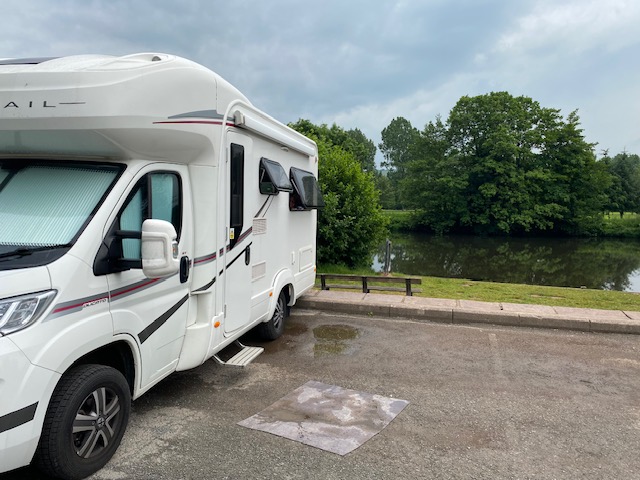
Also, Brecon is very Motorhome Friendly. You are permitted to park for ONE night free of charge in the Promenade Car Park (next to the river) between 6 pm and 8 am. Be aware that there are no facilities in this carpark, but given that it is a 5-minute walk to the town centre, you can always head there if needed.
The Brecon Beacons National Park is a region that effortlessly fuses natural grandeur, rich culture, and historical significance. Whether you’re trekking the soaring heights of Pen y Fan, marvelling at the cascade of a waterfall, exploring the charming streets of Brecon Town, or driving along the picturesque A470, a visit to the Brecon Beacons is a testament to the unspoiled beauty and enduring appeal of South Wales. The park’s myriad attractions are an invitation to immerse yourself in a world where nature, history, and culture intertwine, offering an unforgettable journey through the heart of Wales.
Across the Heart of Wales: Mid Wales and drive the Cambrian Mountains
Mid Wales holds the heart of the Cambrian Way Drive, where the route meanders through the mystical landscapes of the Cambrian Mountains. This segment of the journey is a true testament to the untouched beauty of Wales, where the expansive vistas, serene lakes, and rolling hills speak volumes of the country’s untamed wilderness.
The Elan Valley is one such enchanting stop, famed for its Victorian dams and reservoirs nestled amid lush greenery. Close by, Devil’s Bridge Falls is a series of captivating waterfalls, offering a truly mesmerising spectacle of nature’s power.
Explore the Enchanting Landscapes of Elan Valley
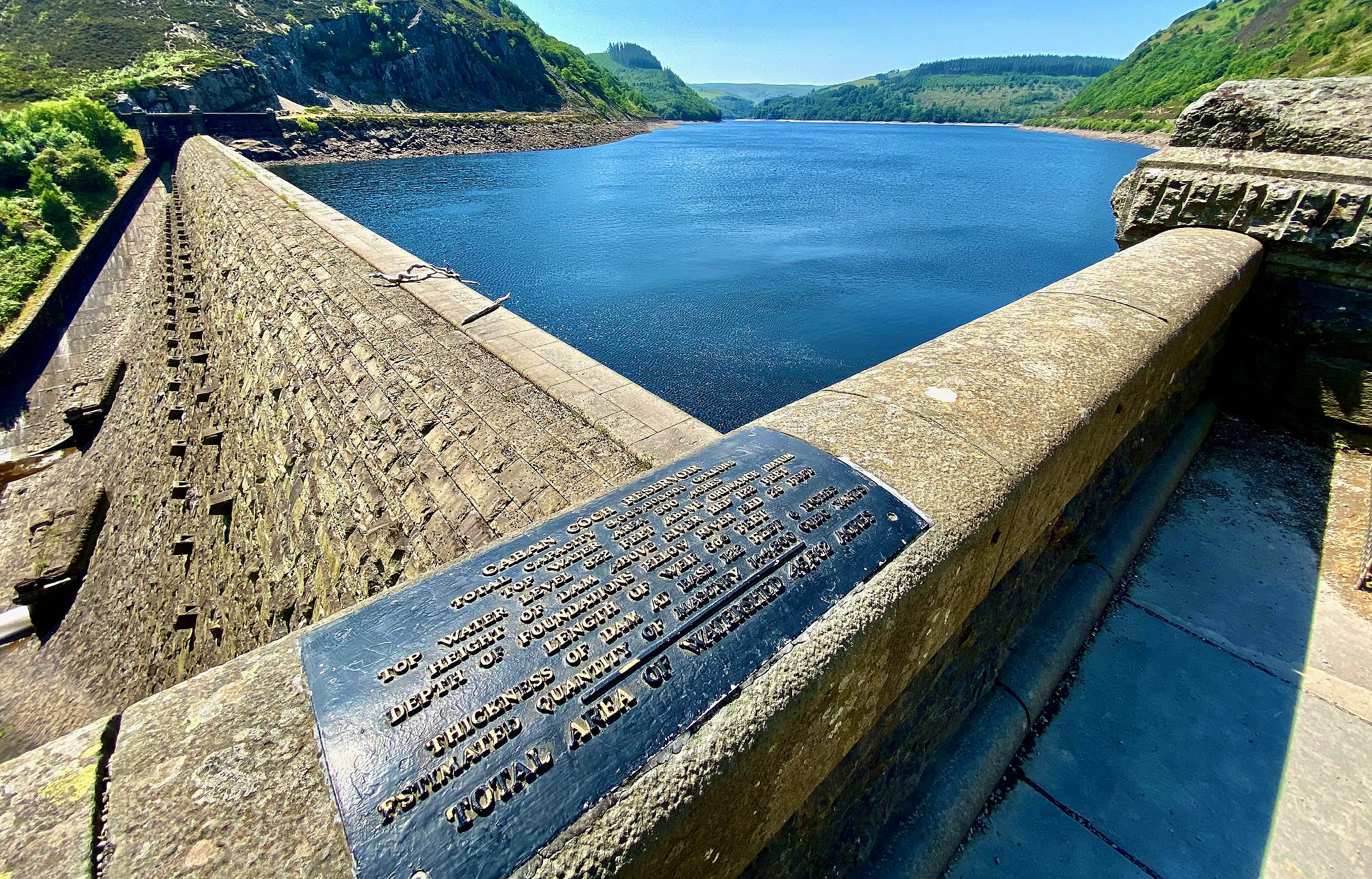
Elan Valley, with its breathtaking landscapes, is a true paradise for photography enthusiasts. Not only does this area offer amazing vistas, but it also holds a deep historical significance. Over 120 years ago, the villages that once stood here were submerged under water, sacrificed for the creation of the reservoirs that now provide water for the city of Birmingham. As a tribute to the lost villages, the Corporation of Birmingham constructed a magnificent Victorian church on the site, although you’ll find it peculiar as it lacks a traditional graveyard.
Elan Valley offers an array of options for visitors to park, allowing them to soak in the beauty of the surroundings. Whether you prefer a leisurely stroll or an adventurous bike ride, this enchanting destination has something for everyone. However, before embarking on your journey, it’s recommended to stop by the Visitors Centre. Take a moment to acquaint yourself with the distances and routes available, ensuring you make the most of your experience.

The Elan Valley is home to three magnificent reservoirs: Claerwen, Craig Goch, and Pen y Garreg. Each reservoir boasts its own unique charm and offers breathtaking views.
Elan Valley offers an enchanting escape into a world of natural wonders and historical significance. From the vast reservoirs to the peculiar church, every aspect of this hidden gem has a story to tell.
Devil’s Bridge
Devil’s Bridge, located approximately 30 miles drive west of The Cambrian Way (A470), is one of the most intriguing landmarks in Wales. With its roots steeped in local legend and its location amidst picturesque scenery, Devil’s Bridge offers visitors a unique blend of natural beauty and rich folklore.
The landmark is an unusual stack of three bridges, each built upon the last over the centuries. The most recent bridge dates back to 1901, while the oldest, hidden beneath, is said to have been laid by the Devil himself – a tale told through local legend. These bridges span across the breathtaking Rheidol Gorge, providing a stunning viewpoint of the cascading Mynach Waterfalls.
Close to the bridges, visitors can embark on the Devil’s Bridge Falls nature trail. This moderate-difficulty trail meanders through woodland, passing by the falls and revealing panoramic views of the Rheidol Valley.
Snowdonia: Wales’ Crown Jewel of Natural Splendour
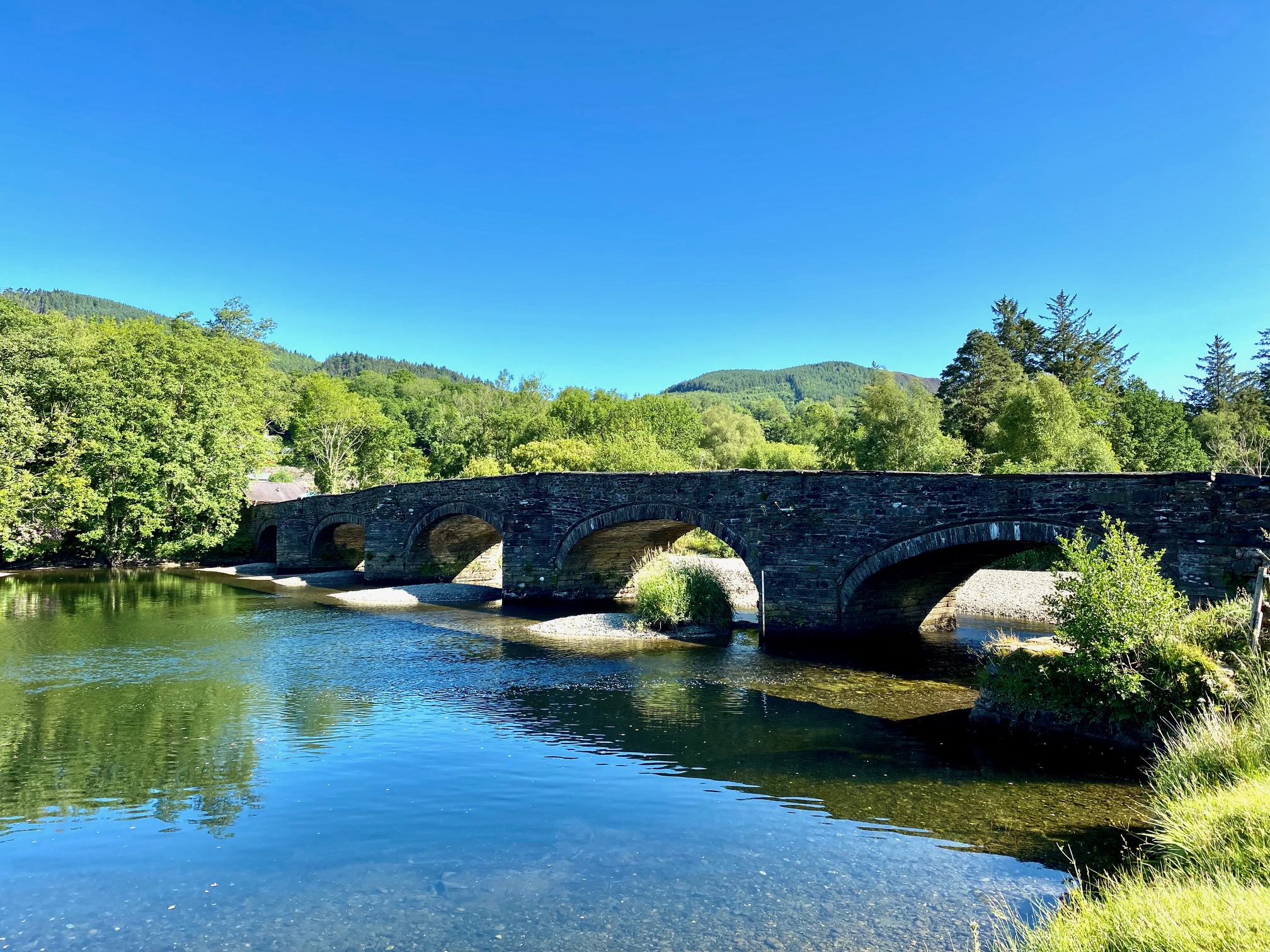
Snowdonia National Park is a must-see for anyone visiting Wales. Encompassing more than 800 square miles, it is the largest national park in the country, offering diverse landscapes from towering peaks to vast forests and tranquil lakes.
The park’s star attraction is Mount Snowdon, the highest peak in Wales. Multiple paths lead to the summit, catering to different levels of hikers. For those preferring a less strenuous trip, the Snowdon Mountain Railway provides a scenic ascent. From the summit, the panoramic vistas of the surrounding landscapes are nothing short of awe-inspiring.
If you are following the Cambrian Way Route you need to leave the route at Pont Waterloo (where the A470 crosses the A5) and follow the A5 into the heart of Snowdonia.
Snowdonia is also home to an array of historical sites, including the medieval castles of Conwy and Harlech. Both are World Heritage sites that provide insights into the history and architecture of the region.
Snowdonia National Park is a destination that captivates all who visit. Whether one is seeking to conquer the heights of Mount Snowdon, immerse in the rich history of its medieval castles, or simply enjoy the tranquillity of its natural landscapes, Snowdonia offers something for everyone.
Concluding the Cambrian Way Drive: Conwy
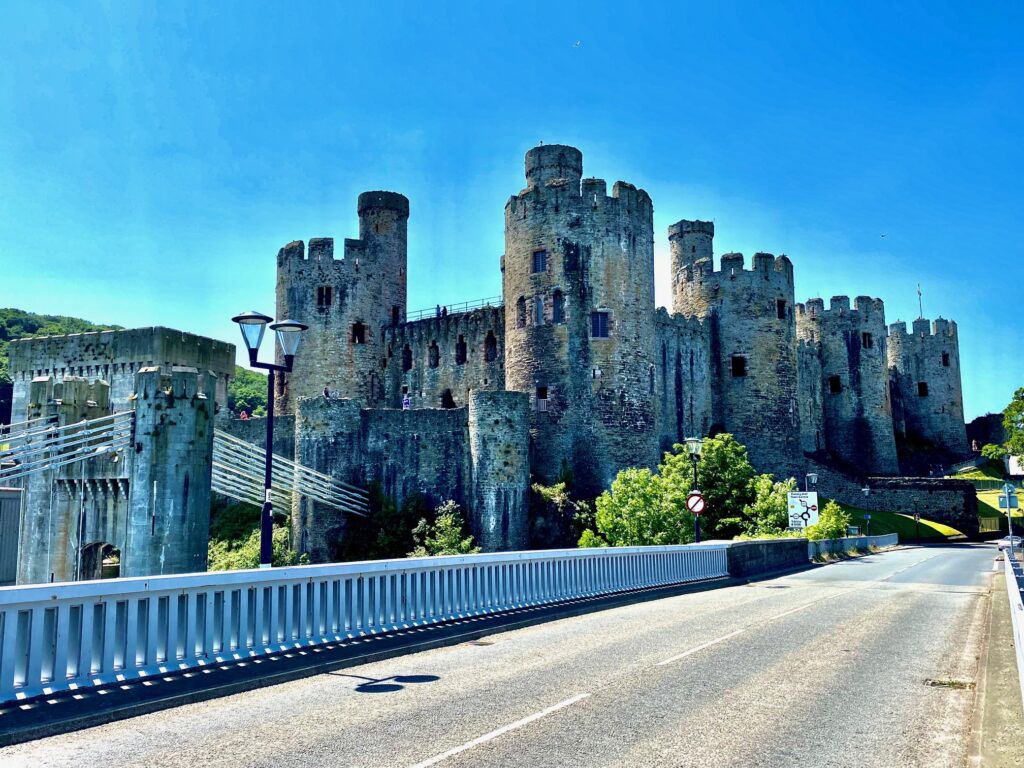
The final leg of the journey brings travellers to the northernmost tip of the Cambrian Way Drive – Conwy. Home to one of the best-preserved medieval fortifications in Britain, Conwy Castle, the town itself is enclosed by well-preserved walls offering an immersive experience of the medieval era.
Conwy: A Coastal Town Steeped in History and Charm
Perched on the northern coast of Wales, Conwy is a picturesque town renowned for its medieval architecture and rich history. Conwy is not only a visual delight but also offers a fascinating journey into the past.
The town’s centrepiece is undoubtedly Conwy Castle, one of the most impressive of Edward I’s fortresses in Wales. Erected in the 13th century, the castle stands as a remarkable example of medieval military architecture. Visitors can explore the castle’s eight towers, walk along the battlements, and discover the Great Hall, Chapel, and Royal Apartments, each carrying stories of a bygone era.
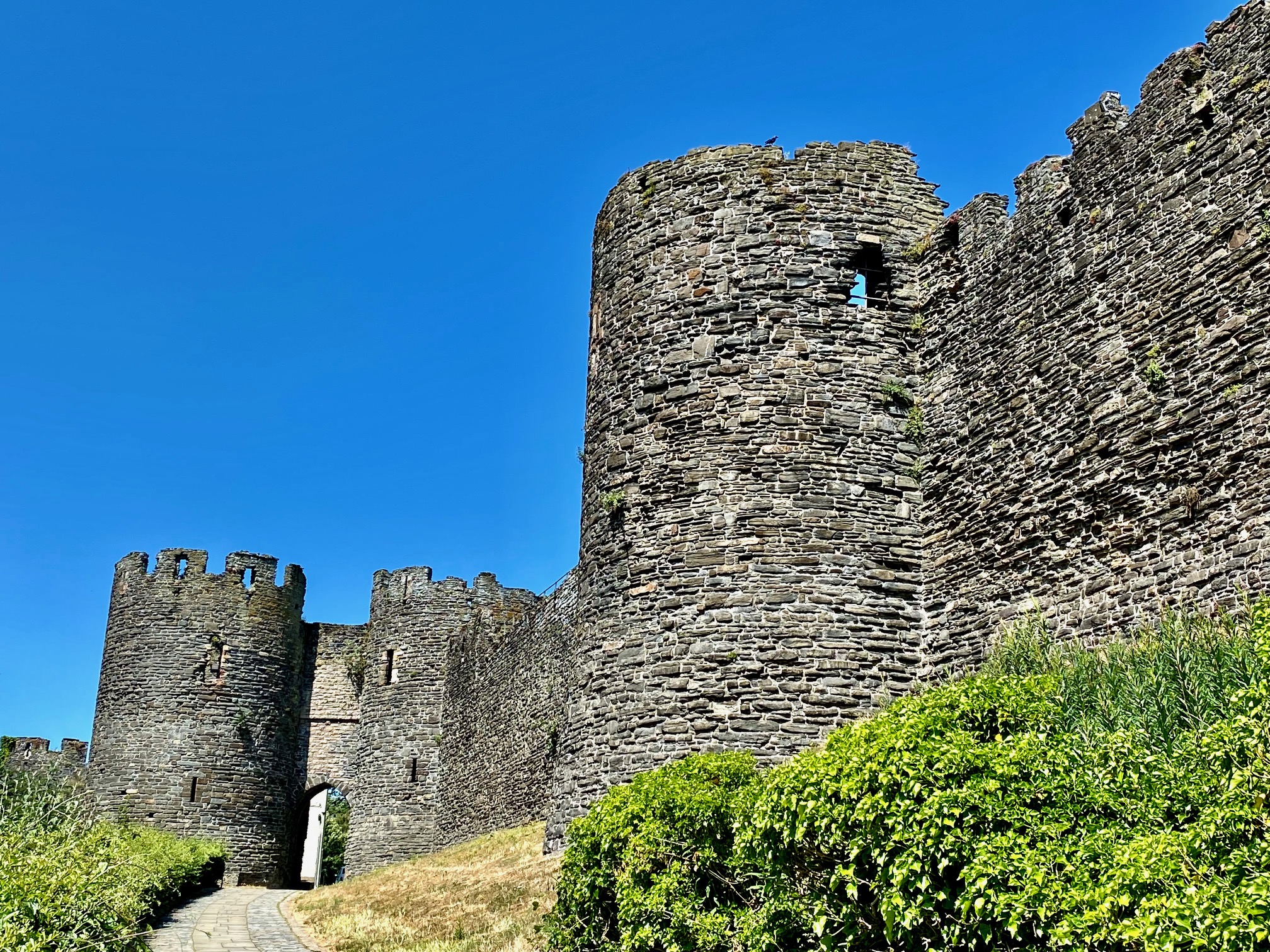
Beyond the castle, the town’s historical charm continues with the Conwy Town Walls, among the best-preserved in Europe. A walk along these walls offers stunning views over the town and its surrounding landscapes.

The Smallest House in Great Britain
The Smallest House in Great Britain, measuring just 10 feet by 6 feet, is another must-see attraction in Conwy. This tiny dwelling provides a quirky insight into the town’s past.
Conwy is also known for its bustling harbour and the Conwy Mussel Museum, highlighting the town’s maritime history and longstanding tradition of mussel gathering.
Entry costs for attractions like Conwy Castle and the Smallest House are reasonable and vary, so checking their official websites for current rates is advisable. Most of Conwy’s attractions, including the town walls and harbour, are open all year.
Conwy, with its rich historical offerings and quaint charm, makes for an excellent addition to any Welsh travel itinerary. Its close proximity to Snowdonia National Park and accessibility from the A470 also make it an ideal base for exploring the broader region.
Conclusion: End of the Cambrian Way

Conwy marks the end of the Cambrian Way route, however, not the end of our journey! From Conwy, you have the option to turn East and drive to Mold, the start point of The North Wales Way Driving Route, then return West taking in Llandudno, The Menai Bridge and onto Holyhead on Anglesey.
After that? Why not visit Caernarfon, another beautiful Walled Town and Castle?
You then have the option of driving down to Aberdaron on the Llyn Peninsula, an ancient pilgrimage village, and start point of The Coastal Way leading down the West coast of Wales to the beautiful City of St Davids.
We are Carl & Mel and thanks for joining us on the Cambrian Way.
Road Trip Wales Guide Book
Road Trip Wales – the ultimate ‘No Fuss’ Wales guidebook by Robbie Roams. Featuring incredible locations, practical tips and stress-saving hacks to ensure your Welsh Road Trip is simply unforgettable. This in-depth guidebook has everything you could possibly need to plan your Wales road trip, from Wales itineraries to budgeting and accommodation. You’ll have an incredible experience on one of the UK’s best-kept secrets!
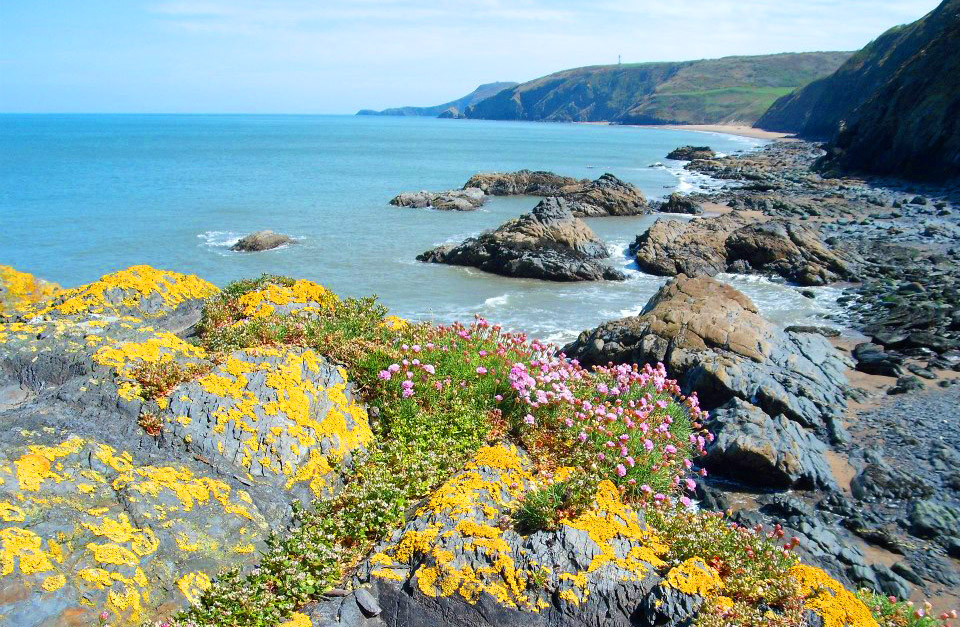
Start Your Coastal Way Journey.
A Coastal wander along the stunning West Wales Coast. Start your Journey HERE

Start Your North Wales Way Journey.
Exploring the North Coast and the Isle of Anglesey. Start your Journey HERE

Discover Wales: Stunning Locations to Visit
Some of our favourite places to visit on a trip around Wales. Find More HERE
Looking For Some Inspiration?
We always like to settle down with a book when researching a trip. Once we have a short list of places we want to see, then we hit the internet to narrow down what is viable or doable in our motorhome.

Travelling The Cambrian Way in a Motorhome or Campervan?
We are currently putting together a list of our favourite places to stay overnight including some free park-ups and Campsites.

Start Your Coastal Way Journey.
A Coastal wander along the stunning West Wales Coast. Start your Journey HERE

Start Your North Wales Way Journey.
Exploring the North Coast and the Isle of Anglesey. Start your Journey HERE

Discover Wales: Stunning Locations to Visit
Some of our favourite places to visit on a trip around Wales. Find More HERE
Feeling Inspired?
Maybe you’ve driven the Wales Way, or embarked on a Wales road trip? You may have a business on, or near one of the Wales Way routes. Would you like write a guest post for our Wales Way Blog and tell us how you got on? Drop us a line and let us know what you have in mind.





